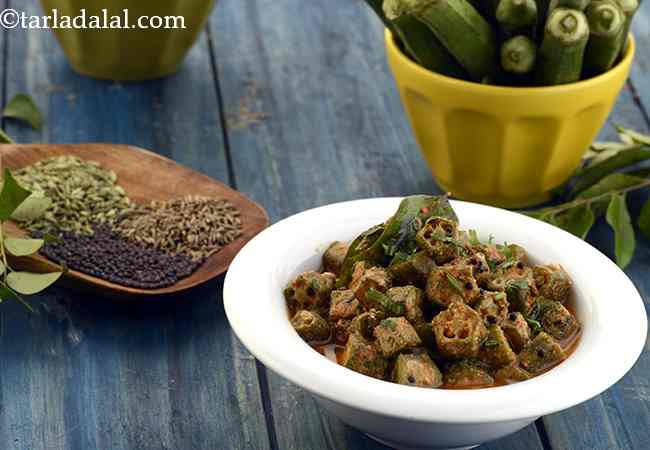Click here to view Dahiwali Aloo ki Subzi recipe. The ever popular potato finds its way into every cuisine and is cooked in a different, delicious way each time. This recipe cooks them in fresh yoghurt gravy that is flavoured with fennel and nigella and other subtle spices.
Is Dahi Aloo ki Subzi healthy?
No, this is not healthy. Made from potatoes, curd and spices.
Let's understand the Ingredients.
What's good.
Curd + Low fat Curds : Curds help in digestion as it has very good bacteria. Probiotics in curds acts as a mild laxative but, in case of diarrhoea and dysentery, it is a boon, if curd is used with rice.They help in weight reduction, good for your heart and build immunity. The only difference between curds and low fat curds is the fat level. Read the benefits of curds to include in your daily diet.
What's the problem?
Potatoes (Aloo) : Potatoes being high in simple carbohydrates will lead to weight gain and are not good for people with diabetes, heart problem and obesity. Potatoes are recommended for malnourished children and people with low weight. See full details on why potatoes are bad for you.
Can diabetics, heart patients and over weight individuals have Dahi Aloo ?
No, as potatoes being high in simple carbohydrates will lead to weight gain and are not good for people with diabetes, heart problem and obesity.
Can healthy individuals have Dahi Aloo?
Not suggested. If you must, have a bit.
What is a healthier option to Dahi Aloo ki Subzi?
Simple, we suggest you use bhindi instead. Follow dahi bhindi ki sabji recipe.

Dahi Bhindi ki Subji
Dahi Aloo ki Subzi is high in
1. Vitamin C : Vitamin C is a great defence against coughs and colds.
Note : a recipe is deemed high in a Vitamin or mineral if it meets 20% and above the recommended daily allowance based on a 2,000 calorie diet.
How to burn 169 calories that come from one serving of Dahiwali Aloo ki Subzi?
|
Walking (6 kmph) = |
51 |
mins |
|
Running (11 kmph) = |
17 |
mins |
|
Cycling (30 kmph) = |
23 |
mins |
|
Swimming (2 kmph) = |
29 |
mins |
|
|
|
|
|
|
Note: These values are approximate and calorie burning differs in each individual.